Puerto Rico, an island territory of the United States, is a place of rich history, vibrant culture, and stunning natural beauty. Located in the northeastern Caribbean Sea, Puerto Rico has been shaped by centuries of indigenous heritage, European colonization, and modern American influence. In this comprehensive exploration, we’ll delve into the essence of Puerto Rico, covering its geography, history, culture, economy, and current affairs.
Geography:
Puerto Rico is an archipelago consisting of the main island of Puerto Rico and several smaller islands, including Vieques, Culebra, and Mona. Situated between the Dominican Republic and the Virgin Islands, Puerto Rico is known for its diverse landscapes, ranging from lush rainforests and mountainous terrain to pristine beaches and coral reefs.
The island’s interior is dominated by the Cordillera Central, a mountain range that runs from east to west and includes the highest peak, Cerro de Punta. The mountains are covered in dense tropical rainforests, such as El Yunque National Forest, which is home to an incredible variety of plant and animal species.
The coastal regions of Puerto Rico are characterized by their sandy beaches, turquoise waters, and coral reefs. The island’s north coast faces the Atlantic Ocean, while the south coast is washed by the Caribbean Sea. Offshore, the surrounding waters are teeming with marine life, making Puerto Rico a popular destination for snorkeling, scuba diving, and fishing.
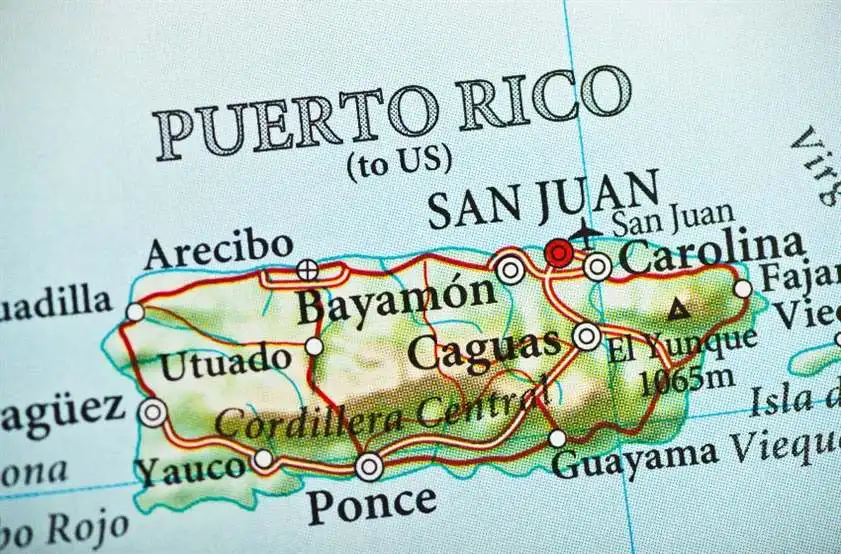
History:
Puerto Rico’s history is a complex tapestry woven from the threads of indigenous cultures, European colonization, African slavery, and American influence. Before the arrival of Europeans, the island was inhabited by the Taíno people, who had established thriving societies and cultural traditions.
In 1493, Christopher Columbus arrived in Puerto Rico during his second voyage to the Americas, claiming the island for Spain. The Spanish began to colonize the region in the early 16th century, establishing settlements such as San Juan and introducing Christianity, the Spanish language, and European customs and laws. The Spanish also brought African slaves to work on plantations and in mines, leading to a rich cultural fusion of indigenous, African, and European influences.
Puerto Rico remained a Spanish colony for over four centuries, until it was ceded to the United States as a result of the Spanish-American War in 1898. Since then, Puerto Rico has been a territory of the United States, with its residents being U.S. citizens but not enjoying full representation in Congress or the ability to vote in presidential elections.
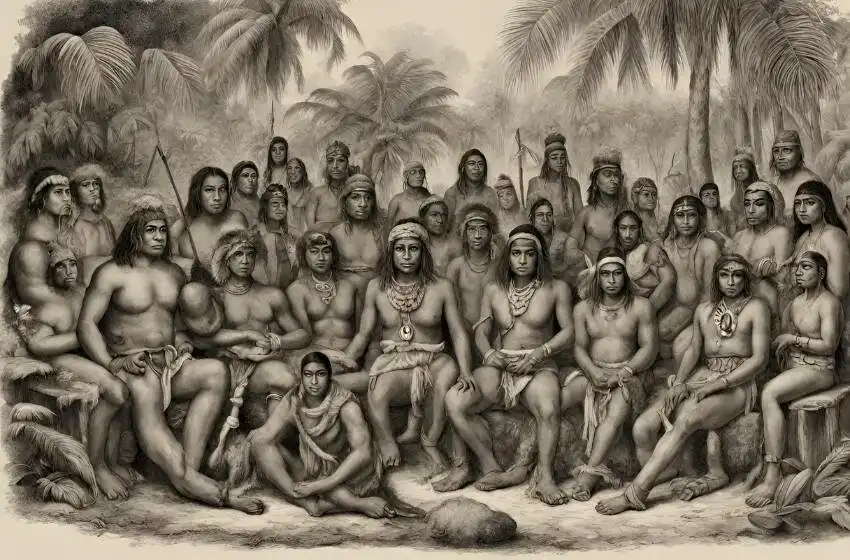
Culture:
Puerto Rican culture is a vibrant fusion of indigenous, African, European, and American influences, reflected in its music, dance, art, literature, and cuisine. The island’s diverse cultural heritage is celebrated through colorful festivals, traditional rituals, and a strong sense of national identity.
Music is an integral part of Puerto Rican culture, with genres such as salsa, reggaeton, and bomba enjoying widespread popularity. Traditional instruments such as the cuatro, güiro, and maracas are commonly used in folk music, while modern styles such as hip-hop and electronic dance music are also popular.
Dance is also a cherished tradition in Puerto Rico, with styles such as salsa, merengue, and plena being performed at festivals, celebrations, and social gatherings throughout the island. Traditional dances often incorporate elements of African, Spanish, and indigenous culture, reflecting Puerto Rico’s multicultural heritage.
Puerto Rican cuisine is diverse and flavorful, with dishes such as mofongo, arroz con gandules, and lechón showcasing the island’s culinary traditions. Staples such as rice, beans, plantains, and seafood are commonly used in Puerto Rican cooking, while spices, herbs, and tropical fruits add depth and complexity to the cuisine.
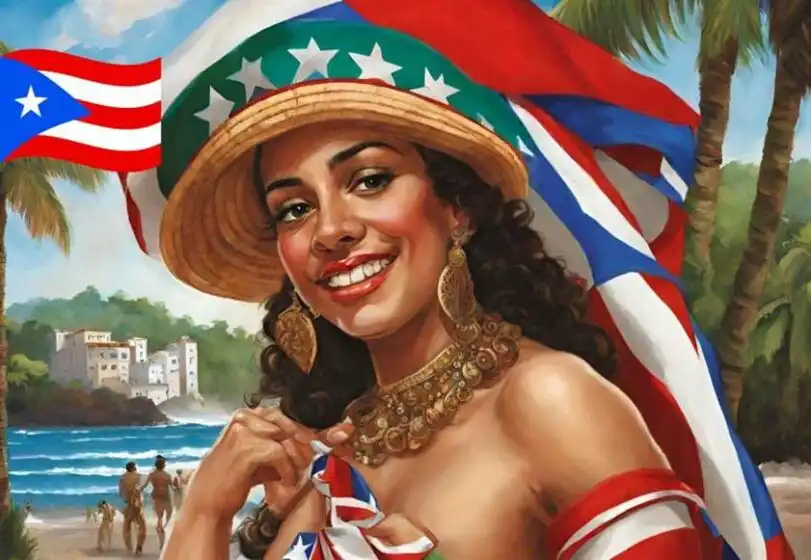
Economy:
Puerto Rico has a mixed economy with a diverse range of industries, including manufacturing, tourism, services, and agriculture. The island’s economy is closely tied to the United States, with federal subsidies, tax incentives, and military spending playing significant roles in its development.
Manufacturing is a major contributor to Puerto Rico’s economy, with industries such as pharmaceuticals, electronics, and textiles playing important roles. The island’s strategic location, access to U.S. markets, and skilled workforce have attracted foreign investment and facilitated economic development.
Tourism is also an important sector of Puerto Rico’s economy, with the island’s natural beauty, cultural heritage, and historical attractions attracting millions of visitors each year. Popular destinations include Old San Juan, El Yunque National Forest, and the beaches of Vieques and Culebra, which offer a wide range of outdoor activities, cultural experiences, and luxury resorts.
Agriculture is another significant contributor to Puerto Rico’s economy, although its importance has declined in recent decades. The island produces a variety of crops, including sugar cane, coffee, and plantains, as well as livestock such as cattle and poultry.
The most striking curiosities that make unique:

The most touristically renowned places:
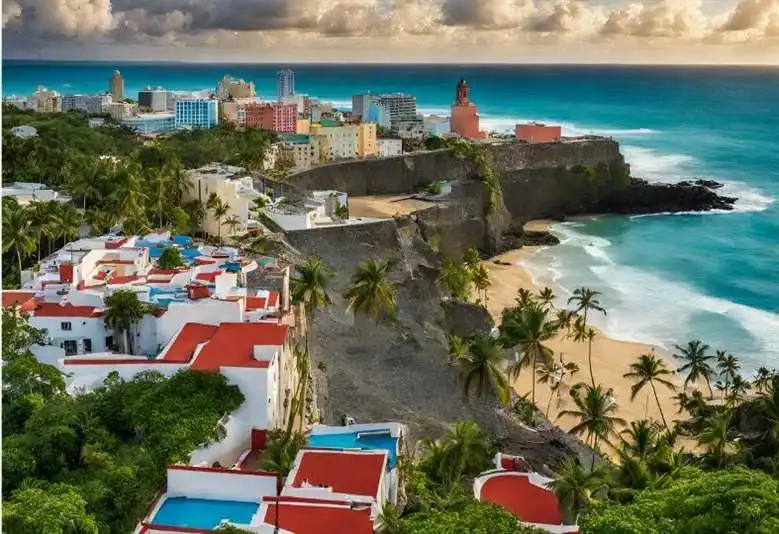
Conclusion:
Puerto Rico’s story is one of resilience, diversity, and perseverance, as the island navigates the challenges and opportunities of the 21st century. Its rich cultural heritage, stunning landscapes, and resilient people make it a unique and inspiring place to explore. As Puerto Rico continues on its journey of recovery and renewal, it faces numerous challenges and uncertainties, from economic hardship and political instability to environmental resilience and social justice. Despite the complexities and hardships, Puerto Rico’s spirit of resilience, creativity, and optimism shines brightly, inspiring both its residents and the world at large.


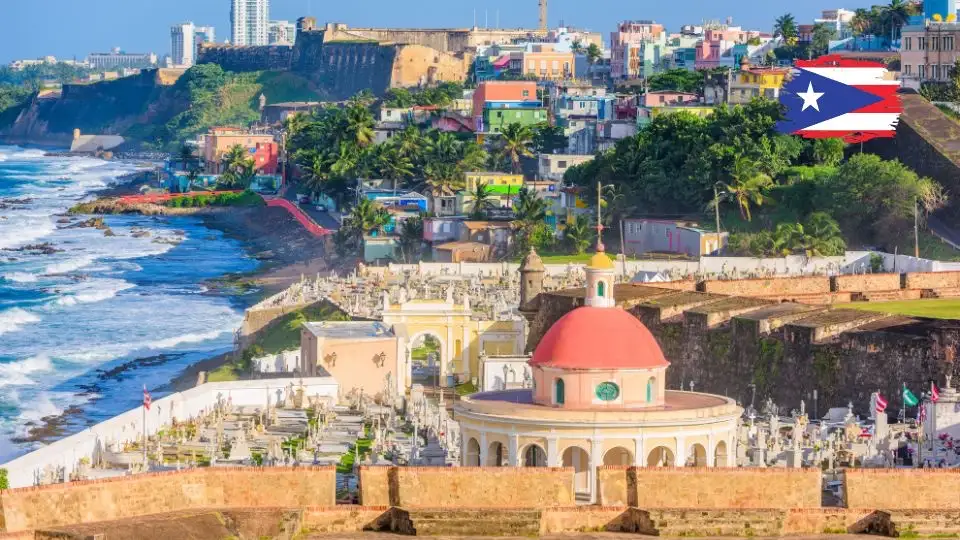
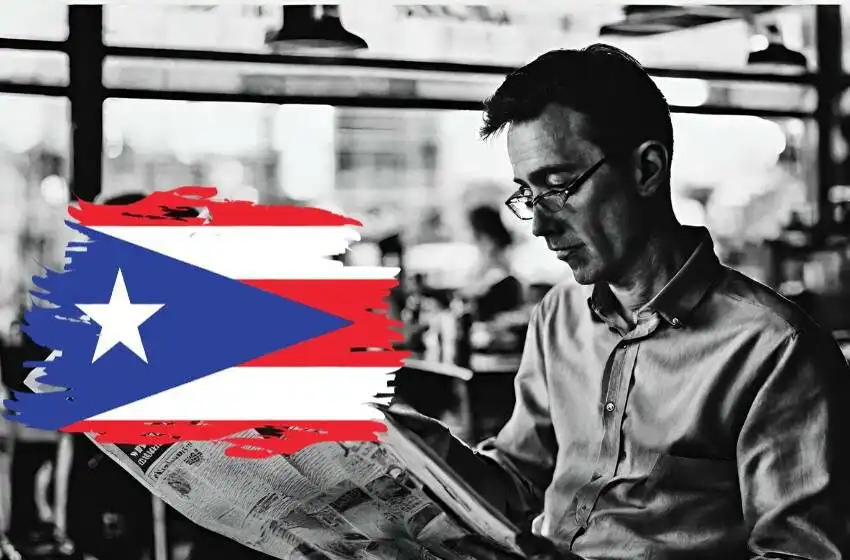


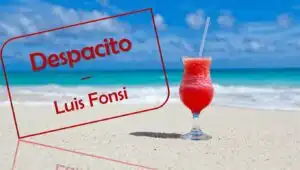



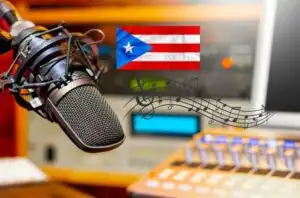
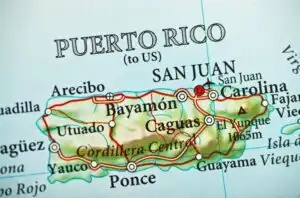
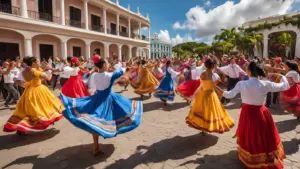
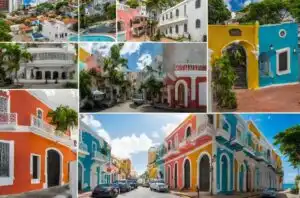
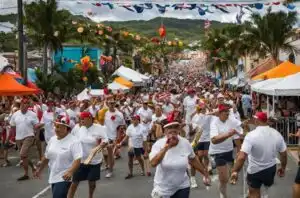
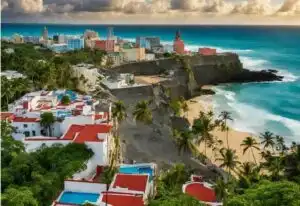
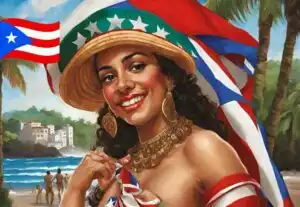
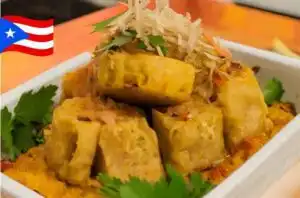
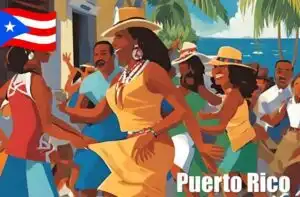
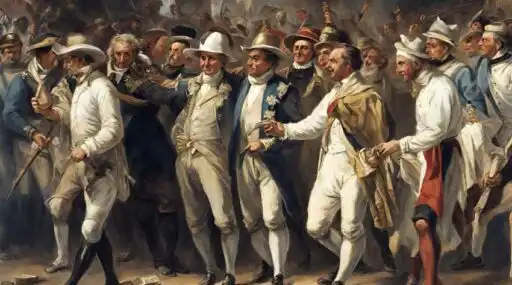
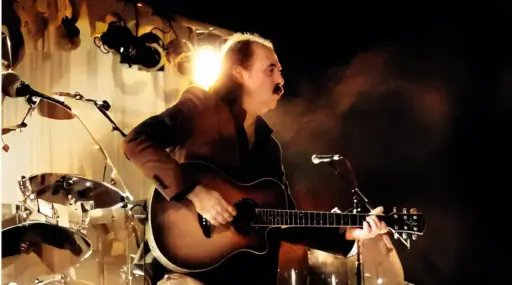
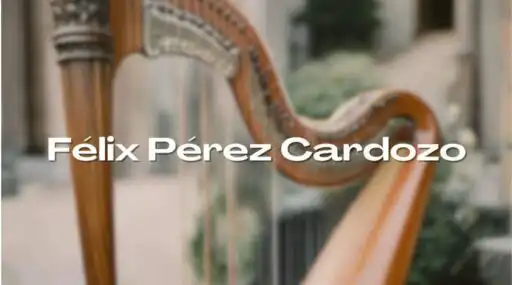
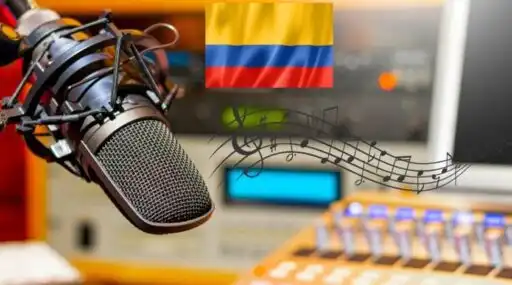
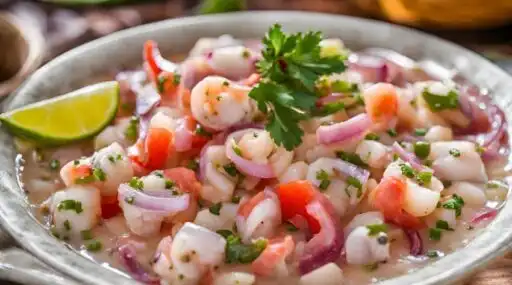
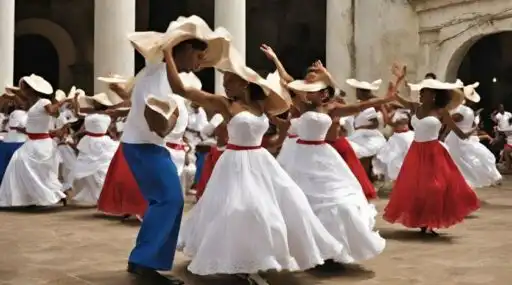


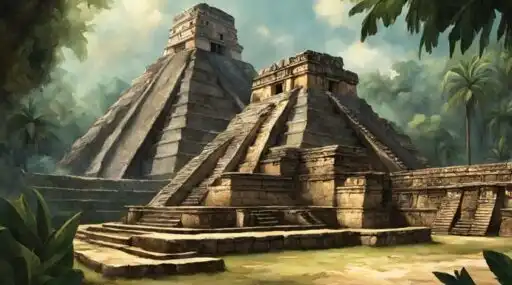


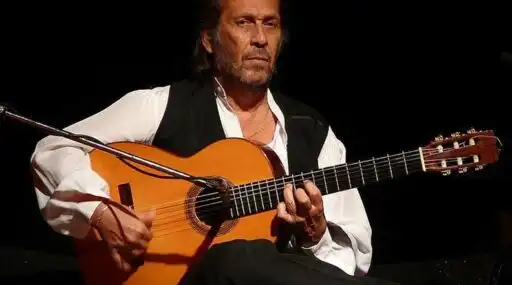

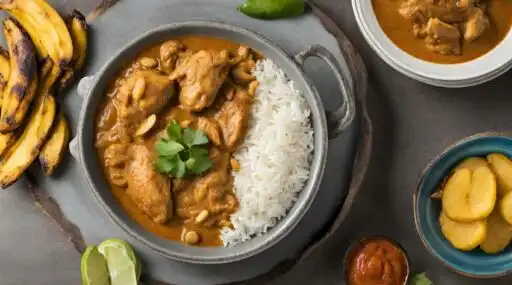

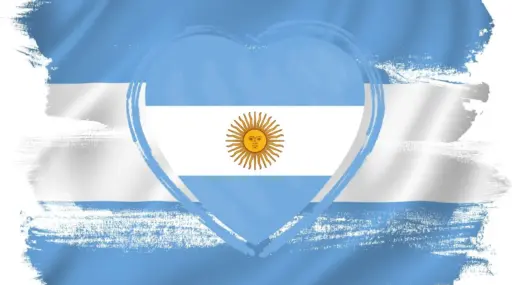
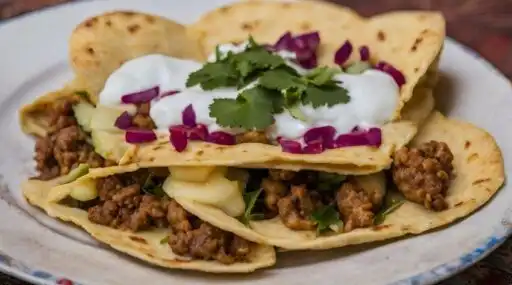
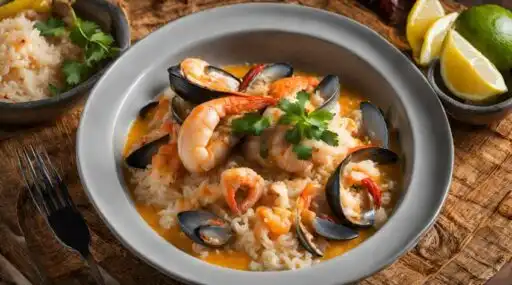
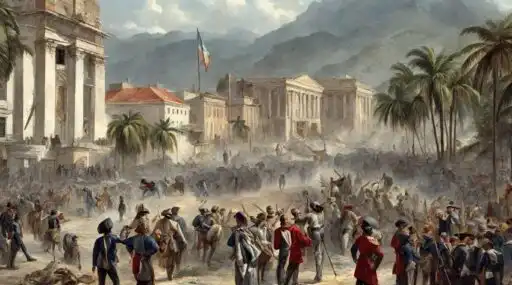


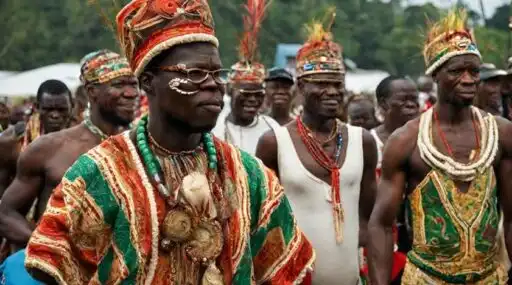

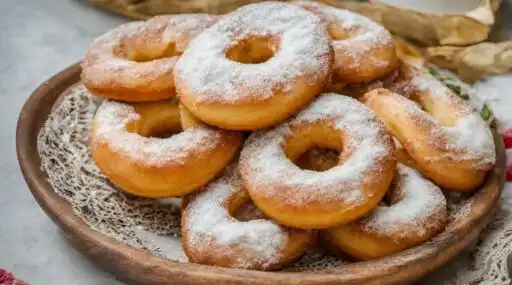
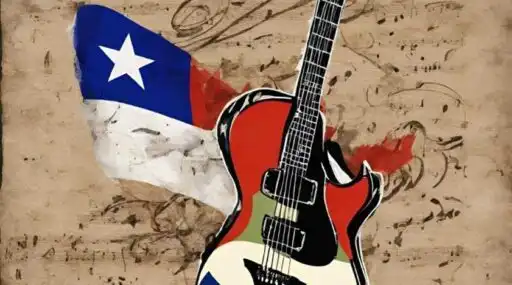

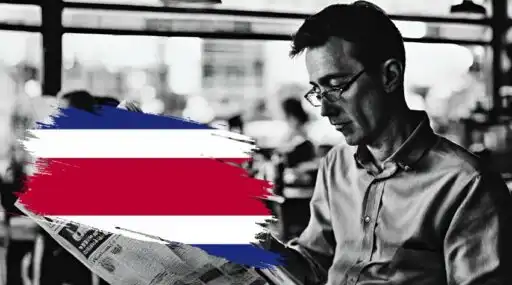
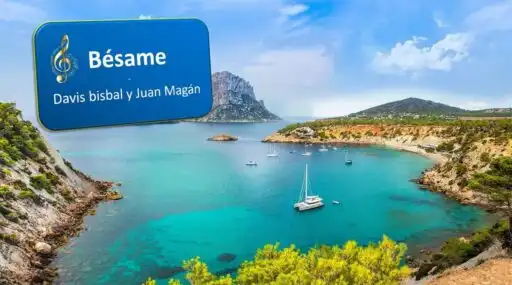
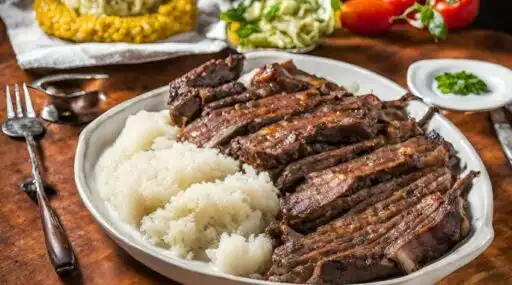
Leave a Reply